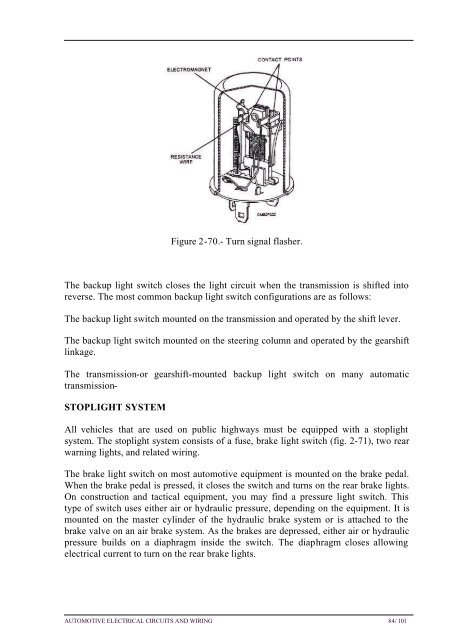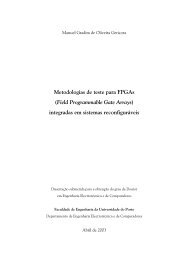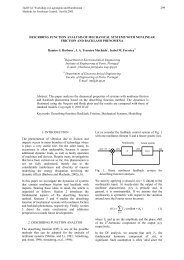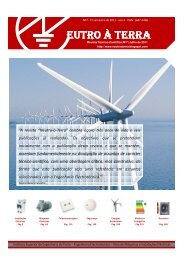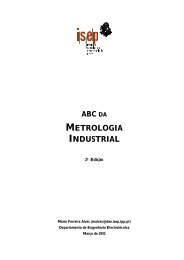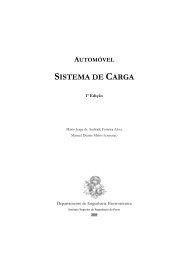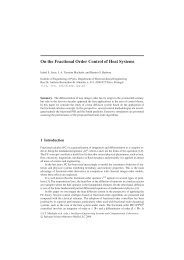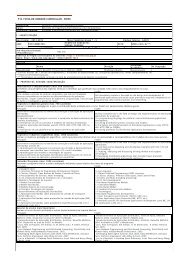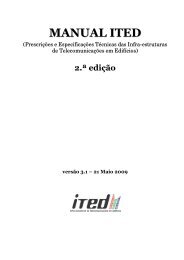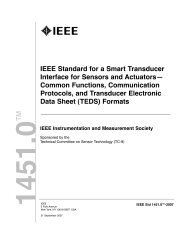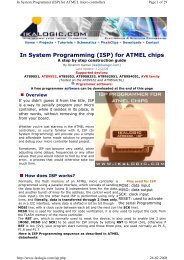AUTOMOTIVE ELECTRICAL CIRCUITS AND WIRING
AUTOMOTIVE ELECTRICAL CIRCUITS AND WIRING
AUTOMOTIVE ELECTRICAL CIRCUITS AND WIRING
Create successful ePaper yourself
Turn your PDF publications into a flip-book with our unique Google optimized e-Paper software.
Figure 2-70.- Turn signal flasher.<br />
The backup light switch closes the light circuit when the transmission is shifted into<br />
reverse. The most common backup light switch configurations are as follows:<br />
The backup light switch mounted on the transmission and operated by the shift lever.<br />
The backup light switch mounted on the steering column and operated by the gearshift<br />
linkage.<br />
The transmission-or gearshift-mounted backup light switch on many automatic<br />
transmission-<br />
STOPLIGHT SYSTEM<br />
All vehicles that are used on public highways must be equipped with a stoplight<br />
system. The stoplight system consists of a fuse, brake light switch (fig. 2-71), two rear<br />
warning lights, and related wiring.<br />
The brake light switch on most automotive equipment is mounted on the brake pedal.<br />
When the brake pedal is pressed, it closes the switch and turns on the rear brake lights.<br />
On construction and tactical equipment, you may find a pressure light switch. This<br />
type of switch uses either air or hydraulic pressure, depending on the equipment. It is<br />
mounted on the master cylinder of the hydraulic brake system or is attached to the<br />
brake valve on an air brake system. As the brakes are depressed, either air or hydraulic<br />
pressure builds on a diaphragm inside the switch. The diaphragm closes allowing<br />
electrical current to turn on the rear brake lights.<br />
<strong>AUTOMOTIVE</strong> <strong>ELECTRICAL</strong> <strong>CIRCUITS</strong> <strong>AND</strong> <strong>WIRING</strong> 84/ 101


